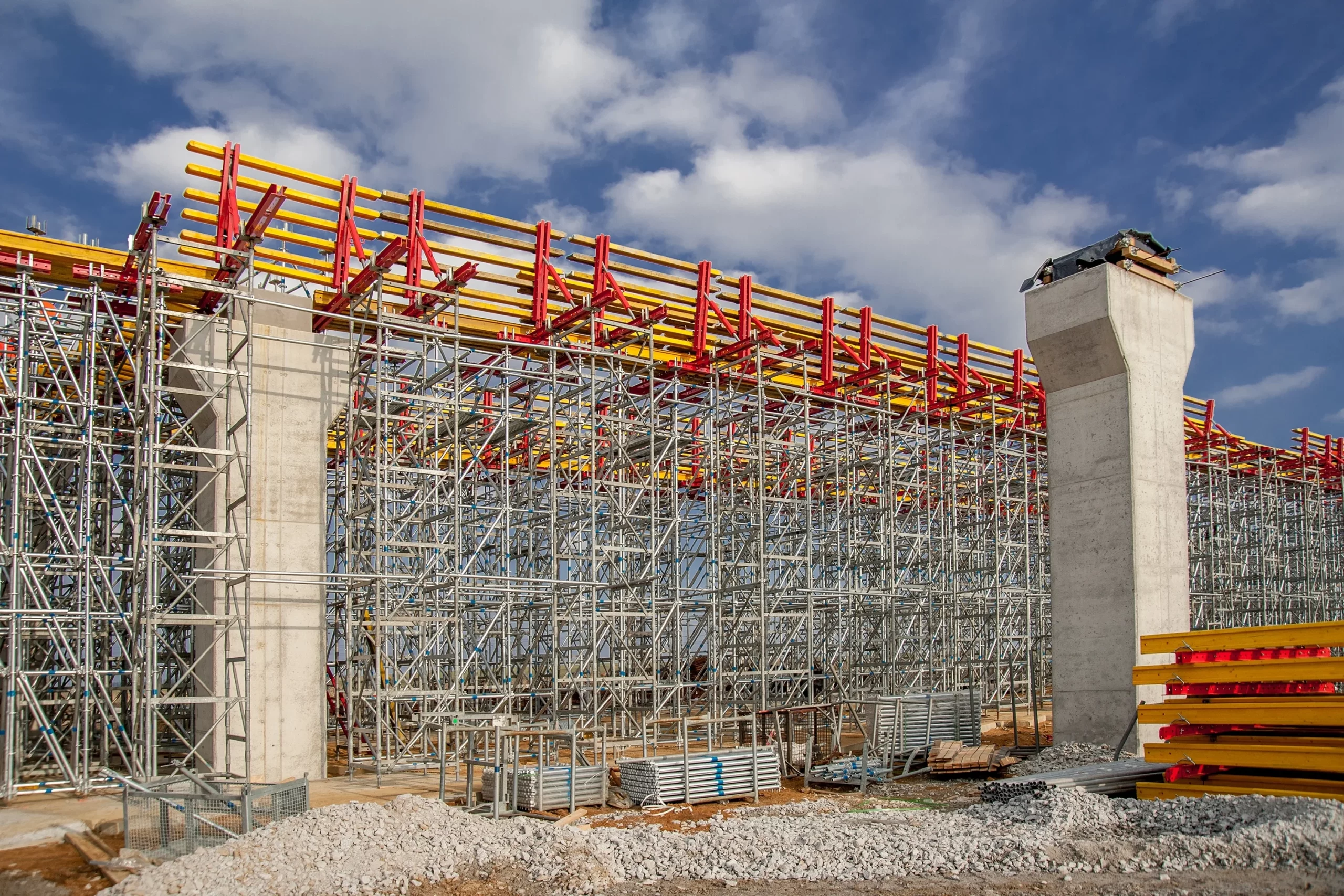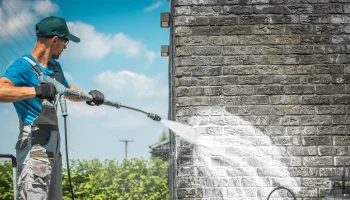Temporary structures are essential in construction and civil engineering projects. They act as the foundation for different construction jobs, ensuring safety, efficiency and project precision.
Here, let us understand these different temporary structures.
- Scaffolding
One of the most well-known temporary structure forms in construction is scaffolding. It functions as a temporary platform to hold personnel, equipment, and supplies throughout several project phases. Scaffolding comes in different varieties, including:
- Supported Scaffolding: This type employs poles, frames, and cross-braces as well as vertical and horizontal components. Construction and upkeep of buildings frequently include it.
- Suspended Scaffolding: This kind of scaffolding is frequently used for projects like window washing and exterior maintenance on big buildings. It is suspended by ropes or cables.
- Mobile Scaffolding: Mounted on wheels or rollers, mobile scaffolding is appropriate for small scale projects since it is flexible and easy to move.
- Formwork and Shoring
Formwork and shoring are essential steps in concrete building process. Let’s look at their specific applications:
Wall Formwork and Vertical Elements: Specialized formwork methods are employed for building walls, columns, and other vertical elements. These concrete formwork arrangements are intended to keep the concrete firmly in place until it has cured and developed adequate strength. It aids in giving these vertical components the correct form and polish.
Bridge Abutment: One of the crucial structural components, bridge abutments support the extremities of a bridge span. In order for the concrete to be properly poured and cured to withstand the stresses put on it by the bridge, formwork and shoring are essential to the construction of these abutments.
Bridge Head and Pillar: Accuracy and stability are essential for building bridge heads and pillars. These buildings are shaped using formwork, and while the concrete is strengthening, interim support is provided by shoring. These components are essential for structural soundness and safety of bridges.
- Shorelifting
Structures that have settled unevenly can be raised and leveled using shorelifting, which is also known as hydraulic jacking. This involves setting up temporary jacks below the structure and gradually lifting them to the proper position. Shorelifting is usually employed to fix foundation settling concerns or to restore ancient buildings.
In this way, each structure type has a specific function in guaranteeing worker safety and the caliber of the finished product. Understanding these structures is critical for successful execution of the construction project. In this regard, NadeauSDM temporary structure engineer guarantees the highest standards of quality and security.







